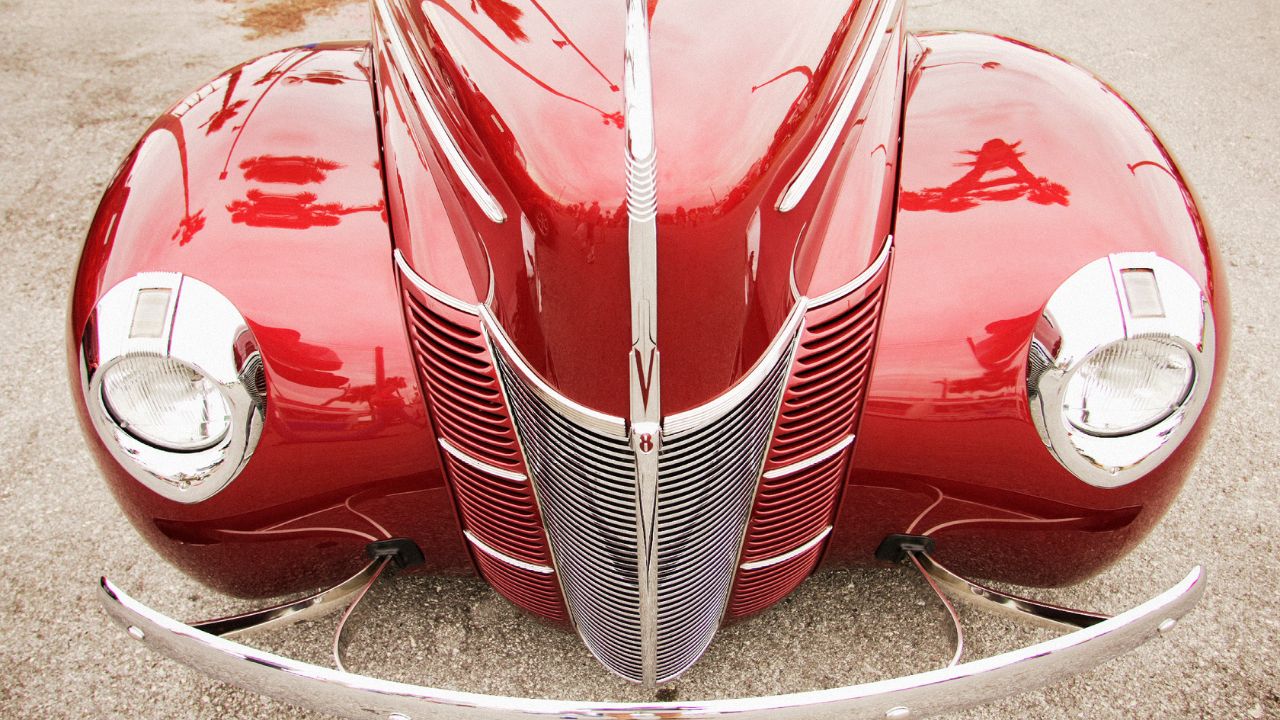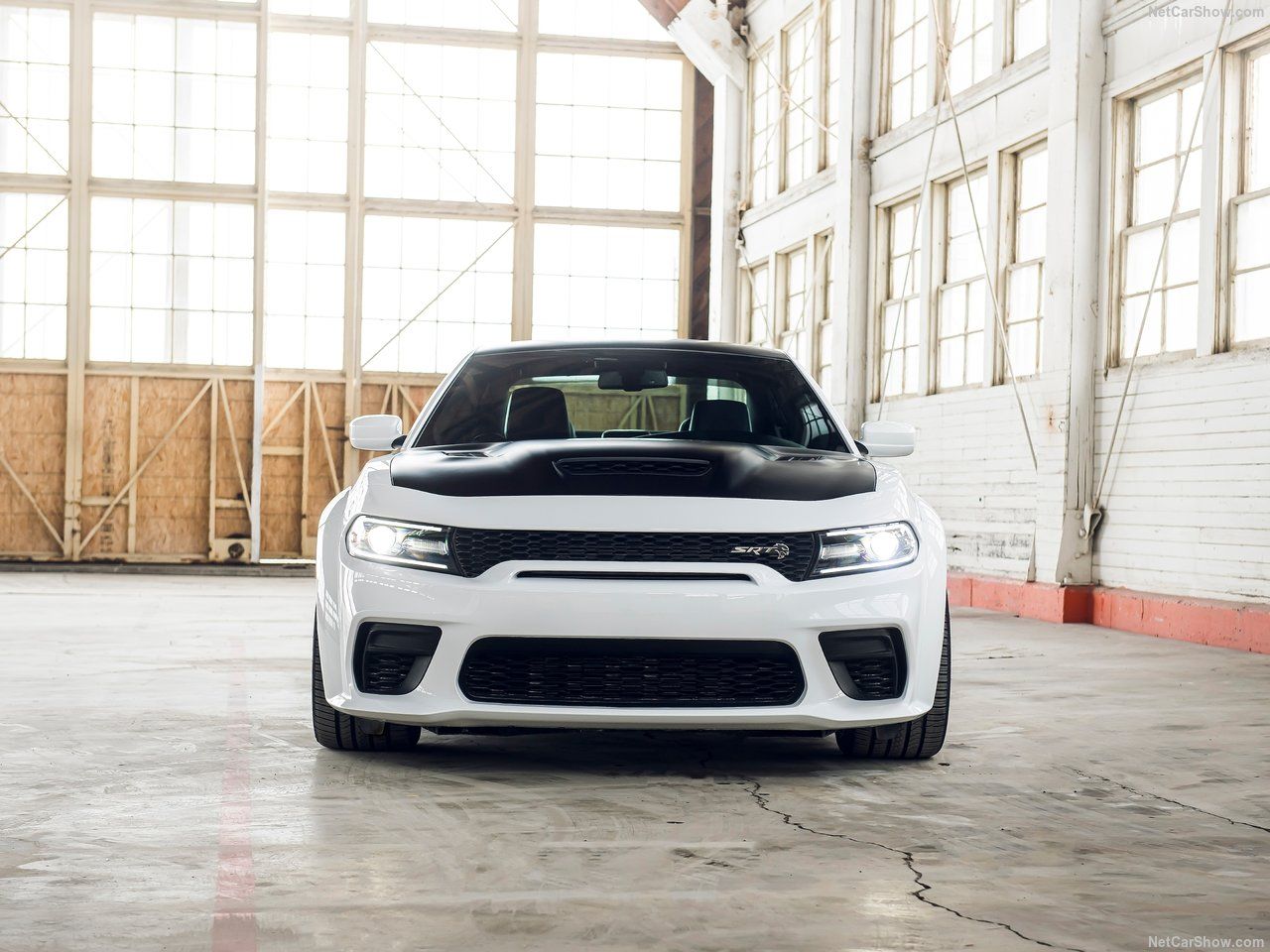
Grand nationals showcase America's most famous muscle cars. These two vehicles are the Chevrolet Impala SS 409 and Chevelle SS 444. Each uses a 6.2-liter V8 engine to produce 415 horsepower. Inside you will find comfortable sports seats and the SS emblem. The SS logo is a distinctive part of each car's design, and it is one of the most iconic symbols of the Grand National.
Chevrolet Impala SS 409
The Chevrolet Impala SS was first car to have a small-block V8. This engine was the first to appear in a front-wheel-drive Chevrolet sedan since the 1996 Caprice. This engine produced 303 horsepower, and was equipped to Active Fuel Management. The SS was a luxury sportscar with an athletic look that allowed drivers to experience a broad range of driving functions. It was also available in coupe and convertible versions.

Grand National muscle car
The Buick grand national is one of the best examples of American muscle cars. Its turbocharged 3.8 liter V-6 put Corvettes to shame. And its automatic transmission made it a perfect muscular car. Although the Buick GNX did not live up to its true muscle car status, it was still one among the most desirable Buick models since the GNX era. It is also very expensive to own one 30 years later.
Chevrolet Chevelle SS 454
The 1972 Chevrolet Chevelle SS had a distinctive instrument cluster. The standard instrument cluster included a speedometer and a large fuel gauge in a blanked-out opening. The special instrument panel contained a tachometer as well as a clock. The fuel gauge moved to a smaller cluster of gauges near the instrument panel's edges. Other options included Quad headlights and Stereo Stripes.
1970 Chevy Chevelle SS
With its center console and bench seat, the interior of the 1970 Chevy Chevelle Super Sport is reminiscent of the muscle car of the 1960s. Despite being similar, the 1970 Chevelle SS is distinctive with its large, circular gauges. The optional chrome bumpers or exhaust system add character and flair to the car. This car is a classic example of muscle car styling. Here are some key features of 1970 Chevy Chevelle, SS:
1969 Dodge Charger
1968's Dodge Charger was a legendary muscle car. However, it was time to make it mainstream. Richard Sias was the famous Dodge designer who created an hourglass-shaped car with wide shoulders. The 1969 Dodge Charger was a two-door hardtop with a wheelbase of 117 inches and a length of 208 inches. It sold 96,100 cars. Also offered was a road/track performance pack.

1969 1/2 Dodge Super Bee A-12
This is one of the most famous muscle cars of all time. This car is an incredible example. The car was produced from 1968 to 1971, and had three different Mopar V8 engines to choose from. This car featured the Magnum engine, the Six-Pack engine of 7.2-liters and the Hemi model of 7.0-liter Hemi. This particular car, while rare, features a supercharged Ramcharger motor and front wheel drive.
FAQ
What qualifications are required to become a mechanic
You will need to pass several exams in order to become a mechanic. These exams include:
-
A general knowledge exam
-
A practical examination
-
An apprenticeship test
These tests will ensure you are familiar with the fundamental concepts of mechanics and physics before starting to work as a mechanic.
These tests will allow you to be a mechanic once you have passed them. You will still need to complete an apprenticeship. This will involve training in your trade.
To be able to repair vehicles, you'll need classes or workshops. Experienced mechanics will also be required.
If you want to be a successful mechanic, it will take concentration and attention to detail. Repairs to vehicles require you to pay attention to every detail.
You'll need patience and persistence to become a successful mechanic. If you don’t like following directions, then this career path may not suit you.
You could make a great career out of your love for cars and the work that goes into fixing them.
How long does an automotive course take?
A course in automotive lasts three years.
The first year is dedicated to theory and learning about cars. The second year is dedicated towards practical training. This includes learning how to drive, fix engine problems, and doing other maintenance jobs around your car. The final year is spent doing a placement at a local garage, which gives you experience in fixing real-world problems.
What does it take for a mechanic to be a good one?
Expert mechanics take years of practice and extensive experience. The best way to learn how to repair cars is by working under the supervision of a professional mechanic.
You will need to spend some time in a garage to learn as much about cars and mechanics as possible. You'll need to study mechanical engineering books on mechanics and car design.
You will also need to go to auto school.
It is important to get started early. It doesn't matter if you're old or not to study automotive technology. Do you want to be a mechanic? Get started today!
Statistics
- There were 749,900 jobs available for automotive service technicians and mechanics in 2016, which is expected to grow by six percent through 2026. (jobhero.com)
- 52% of Mechanics in the United States think their salaries are enough for the cost of living in their area. (indeed.com)
- The U.S. Bureau of Labor Statistics (BLS) reports that the job outlook for automotive service technicians and mechanics is expected to decline by 4% from 2019 to 2029. (indeed.com)
External Links
How To
How to protect yourself against auto mechanic frauds
Auto mechanics scamming is a major problem for consumers. An average car repair bill costs $1,500 annually. This means that many people are willing to profit from this situation. However, if you know what to look for, you can avoid becoming a victim. Here are some tips to help you spot a scammer before they get their hands on your money.
-
Never pay upfront. You should never pay upfront if someone asks. When work is complete, always request payment. The Better Business Bureau (BBB), 1-888-322-8138, can help you determine if the item is legitimate. They can give you advice about how to proceed.
-
Ask for references. You can contact former customers to confirm that you are dealing with a trustworthy service provider. You can also check out online reviews. You should ensure that the business you do business with has a good reputation.
-
Conduct background checks. It is a good idea to do background checks before hiring. You can check the BBB website for complaints about the business. Also, confirm that the vehicle's registration number belongs the owner of the business.
-
Don't hesitate to walk away. Sometimes, even if the business appears legit, they will try to con you into paying too high. If you feel you have been taken advantage of, don't hesitate and leave. There are many businesses out there that can help you.
-
Avoid "free" services. There are many companies that offer free inspections and estimates. These companies often charge high fees for additional services. Always ask about additional charges before agreeing to anything.
-
Avoid being pressured. If a company offers you a great deal it is because they believe they can charge you less than what you are worth. You should not be forced to buy anything if you find yourself in this situation.
-
High-quality products are what you want. When looking for a repair shop, you want to ensure that they use high-quality parts. For example, if you need new brake pads, you shouldn't go to a place that uses cheap pads. You should instead go to a shop that is specialized in brakes.
-
Get multiple quotes. It is important to compare prices from different shops. If you do this, you will have a greater chance of getting a fair deal.
-
Keep records. It's important to keep track of all the details surrounding your repair. You should keep track of all details, including receipts, invoices, warranties, and other documentation. You should also write down any phone numbers or addresses that you receive.
-
Keep informed